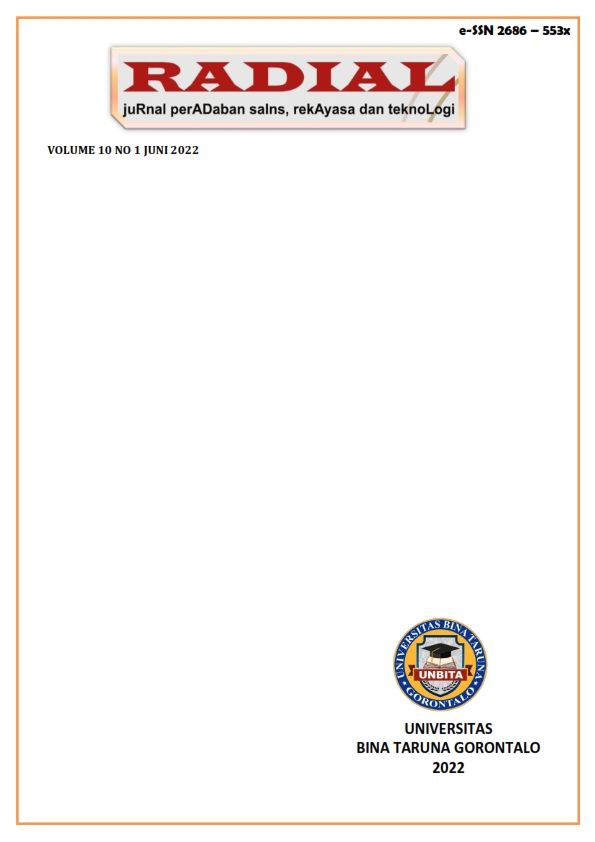KAJIAN PELESTARIAN BANGUNAN CAGAR BUDAYA MASJID HUNTO SULTAN AMAY GORONTALO
DOI:
https://doi.org/10.37971/radial.v12i1.440Keywords:
Conservation, Cultural Heritage Building, Hunto Sultan Amay MosqueAbstract
Abstract: Study on the Preservation of the Cultural Heritage Building Hunto Sultan Amay Mosque in Gorontalo. This research aims to examine and identify the significance of Islamic architecture, including architectural elements that form the building's character and Islamic architectural elements, and to analyze and determine the direction of preservation for the Hunto Sultan Amay Mosque. The methods used in this research include three approaches: descriptive analysis method, evaluative method (weighting), and development method. The identification results of the significance of Islamic architecture in the Hunto Sultan Amay Mosque are based on the original plan, which measures 12 x 12 m², including elements such as the dome, mihrab, and Islamic architectural ornaments such as calligraphy, floral, and geometric patterns that form aesthetics and characteristics similar to the Nabawi Mosque in the Middle East. The preservation directions for the Hunto Sultan Amay Mosque building are classified based on low, medium, and high potential levels. Based on the potential level determination, conservation directions for the building elements are then established according to their condition. There are seven high-potential elements and four medium-potential elements. The preservation directions for the Hunto Sultan Amay Mosque building are divided into preservation directions for four elements: columns, dome, mihrab, and arches; conservation directions for six elements: doors, walls, ornaments, ceiling, roof, and minaret; and restoration direction for one element: windows.


































